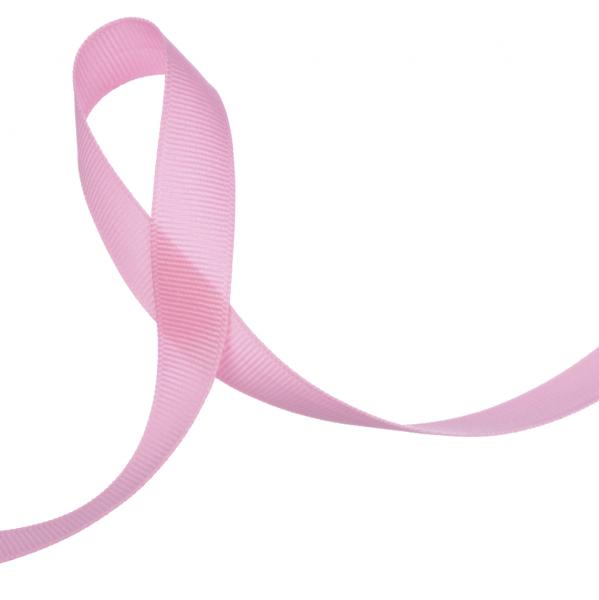
By BobbieJo Paul, Family Nurse Practitioner, ATI Active Care, Waukesha, Wisconsin
October is the month that you will see pink. This is because October is National Breast Cancer Awareness Month. Awareness to any disease or illness is the beginning to prevention, detection, treatment, and hopefully a cure.
What is Breast Cancer?
Breast cancer is the growth of abnormal cells in the breast tissue. Breast cancer can develop in both women and men, but it is more common in women.
Breast Cancer Symptoms
Since breast cancer in women is the second leading cause of death, be diligent and look for the following:
- The breast or nipple looks or feels different
- Change in breast size or shape
- New lump or swelling
- Change of color or redness
- Dimpling or puckering
- New itchy, scaly sore or rash
- Abnormal discharge
- Pain is rare with cancer, but it still should be checked if the pain does not go away
Breast Cancer Prevention Tips
Approximately 40,000 women and 410 men die each year from cancer, what can you do to reduce your risk?
- Become active and exercise
- Eat a healthy diet with fruits and vegetables, limit saturated fats
- Reduce weight or maintain a healthy weight
- Reduce or refrain from alcohol use
- Avoid unnecessary radiation exposure
- Check with your provider if hormone replacement therapy places you at increased risk
Breast Cancer Risks
It is still unknown why some people are more likely to develop breast cancer, but there are some known genetic risks that include:
- Sex: A woman is 100 times more likely to develop breast cancer than a man
- Age: Risk increases over the age of 55
- Race: Being Caucasian increases risk to develop breast cancer
- Family History: If mom, dad, or a sibling had/has breast cancer, you are more at risk
- Personal history of abnormal (non-cancer) cells
- Early menses that started before the age of 12, or late menopause that is after the age of 55
- Waiting to have a child when older, or not having any children
- A specific genome change (BRCA1 and BRCA2)
- History of dense breast tissue
Monitoring includes self-breast exams and mammograms. See your provider for annual physicals and talk about your breast health to determine when a mammogram should be done for screening. In addition to cancer, there are other breast issues that can develop, including benign (non-cancer) masses or infections. If you notice any unusual changes have your provider evaluate to determine if the change is benign or needs further workup. The earlier breast cancer is detected the easier it is to treat.
For more information about Breast Cancer you can go to: www.nationalbreastcancer.org, www.komen.org, or www.cancer.org
ATI Active Care is a walk-in clinic, located in Waukesha, WI, that provides immediate care for non-emergency acute conditions, physicals, health screenings, preventive health and wellness programs. For more information contact BobbieJo Paul at bobbiejopaul@activatehealthcare.com or call (262) 574-2711.
